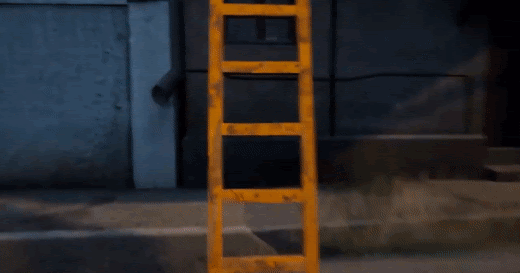
Kira Muratova’s idiosyncratic style has become an analytical conundrum for those critics who have ever engaged in interpreting her films. Author Irina Schulzki Keywords Kira Muratova Soviet cinema post-Soviet cinema Ukrainian cinema cinematographic dissonance censorship.

This analysis will start with Muratova's Brief Encounters and then move to Shepit′ko's Wings, to show the different ways in which these two films (and these two directors) break with cinematic conventions to give us a different kind of cinema, a different way of filming, and perhaps, also, a desire to see differently.Eugénie Zvonkine: Kira Mouratova. begin to see the strategies, both formal and narrative, that construct new “ways of seeing” for Soviet cinema, and to place these two films in the larger history of not only Soviet cinema (or the cinema of the Thaw), but of cinema more generally and women's cinema more specifically. This article looks at Larisa Shepit′ko's Wings (Krylia, 1966) and Kira Muratova's Brief Encounters (Korotkie vstrechi, 1967) from the perspective of “female authorship.” The article argues that the work of Shepit'ko and Muratova represents a kind of Soviet “counter-cinema” that puts the questions of seeing differently at the center of its interrogations. I thus understand Asthenic Syndrome not only as political critique, but also as a meta-filmic analysis, an allegory of mourning and a diagnosis of asthenia in both film as technology and in the (collective perception of the) USSR as the symbolic product of film technologies. I also explore the genealogy of Muratova's technology in terms of the principles of manipulating the viewer's sensitivity and perception as invented by the Soviet film avant-garde (Eisenstein and Vertov) and contemporary critical theory (Benjamin and Adorno).

These effects are achieved through the use of non-professional actors, the use of voices with substandard articulation, the emphasis on hybrid or dialectal prosody and phonation, amateur declamations and recitals and other manipulations of the Soviet norms of high diction. As a result, heteroglossy receives a literal implementation in the spoken word, which is acutely and irreparably out of tune, alienated from itself and polytonal in a freakish, morbid and perversely pleasurable way. She uses the medium of sound to make visible those politics of speaking and hearing that constitute the USSR in crisis, a society that imagines itself through audio metaphors: glasnost, related to the Russian word golos (voice), and perestroika, related to the Russian term nastroika, tuning (of a musical instrument or an acoustic device). In order to subvert this false motivation of sound by visuality, to highlight sound as an independent agent in the construction of meaning, and to emphasize the explosive critical potential of film sound, Muratova employs techniques of sound performance art and sound installation. I suggest that in composing the sound for the film, Muratova seeks to dissect the filmic convention that treats sound merely as an additional element, which is supposed to support the illusionism of the realistic visual image by complementing it with the illusion of an accompanying realistic audio image.

This article attempts to interpret Kira Muratova's Asthenic Syndrome (1989) from the point of view of the director's work with sound.


 0 kommentar(er)
0 kommentar(er)
